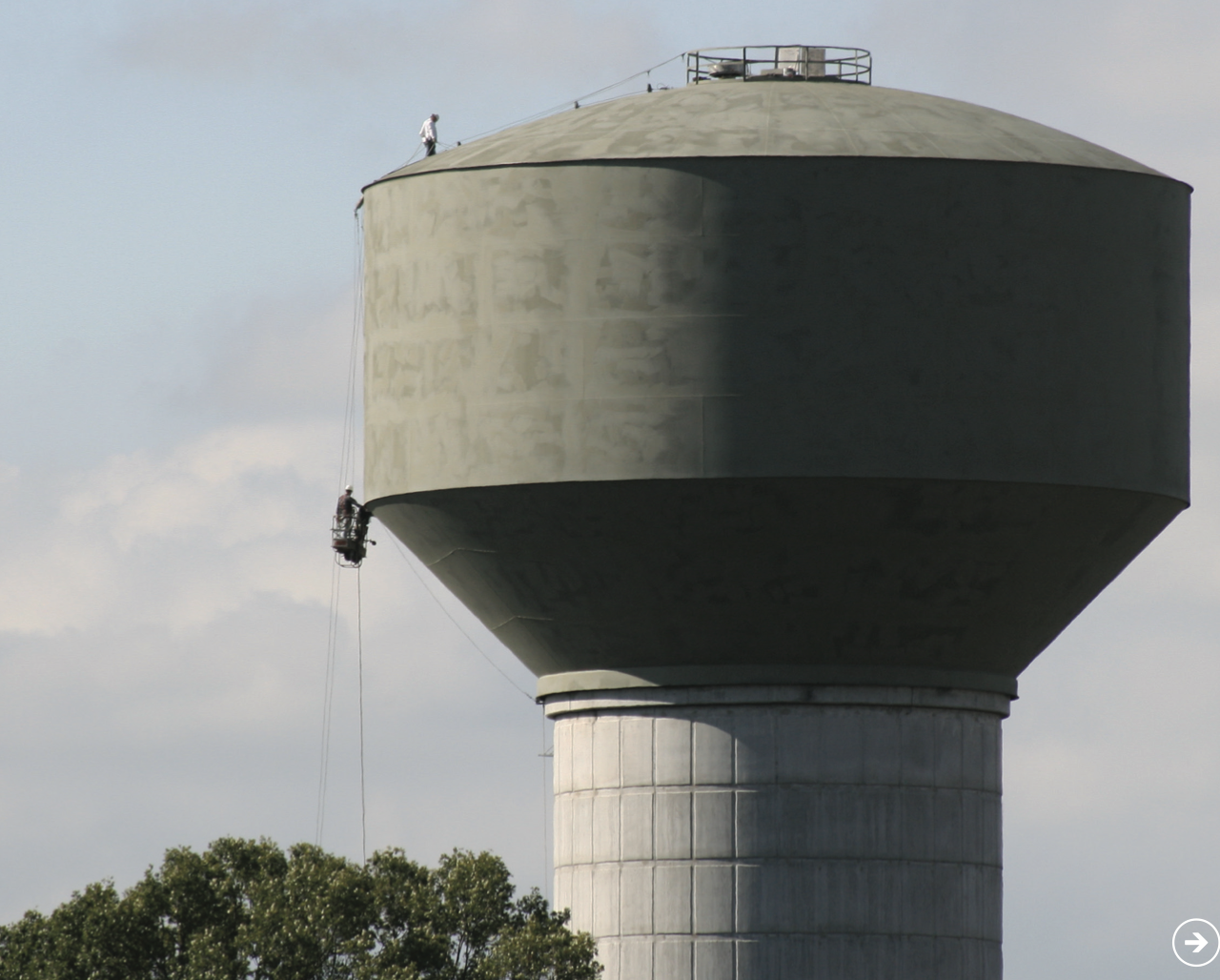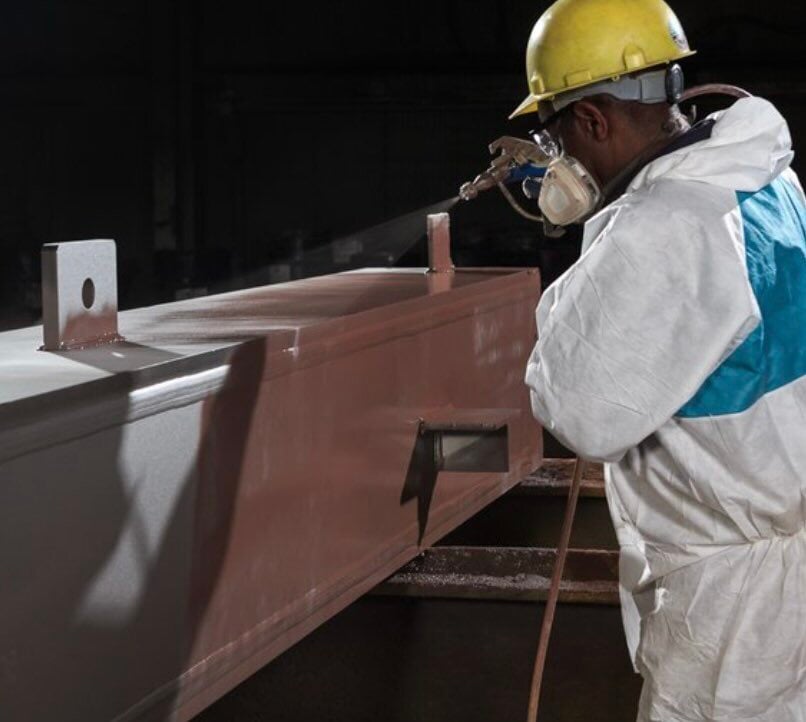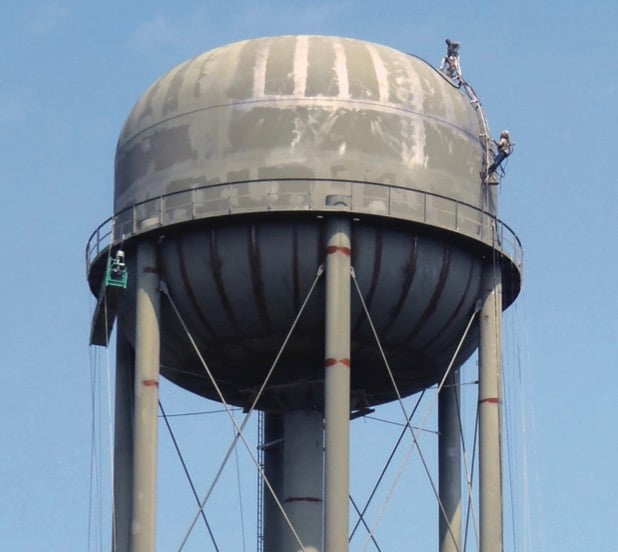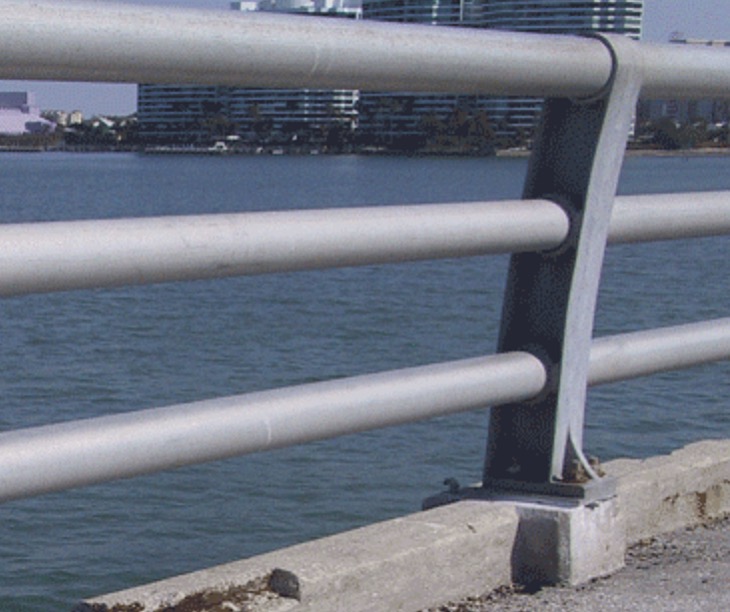
Zinc rich primers in potable water tanks
Most would agree that a zinc rich primer is a benefit to a high performance coating system as compared to a traditional universal or epoxy type primer.
- High Performance Coatings
Zinc Rich Primers In Potable Water Immersion
The question of whether to use zinc rich products in potable water immersion for the protection of carbon steel is often a topic of debate within the coatings industry. Most would agree that a zinc rich primer is a benefit to a high performance coating system as compared to a traditional universal or epoxy type primer. The real question is there a performance concern with a zinc rich primer in a potable water immersion situation.
In speaking to the pros of zinc rich primers, obviously the galvanic protection the film provides in addition to the barrier protection of the film itself is a major benefit. Much like traditional hot dipped galvanizing, a zinc rich coating with at least 83% by weight in the dried film will allow the zinc to sacrifice itself for the carbon steel when and if the carbon steel is exposed. This will reduce the undercutting of corrosion, which helps to better protect the asset and reduce maintenance cost. So, zinc rich primers clearly provide additional corrosion protection and can help reduce future maintenance cost.
In addition, the extended recoat window of zinc primers is a huge advantage over other primers. When recoat windows are missed, the need for additional surface preparation can cause surface preparation challenges in the field and increased cost and schedule delays. It is often difficult to track the exact time frame between the primer application and the next coat. Add temperature and film variances and the recoat window can become a problematic topic. When recoat windows are missed, adhesion is always a concern. Zinc primers offer dramatically extended recoat windows which help owners, engineers and contactors avoid recoat challenges.
The cost associated with using zinc rich primers compared to other primers are minimal. The surface preparation is generally the same for any primer as the surface preparation is dictated by exposure. The application characteristics of using a zinc rich primer compared to an epoxy primer or universal primer are similar, but the increased performance and corrosion protection of a zinc rich primer is negated by a thinner film using less material and an overall increase in job efficiency.
The general concern against using zinc rich primers in potable water immersion is most easily debunked by the extensive industry acceptance of this technology for the exposure and more importantly by the 25 years of successful industry case histories. AWWA, NSF, AMPP and most high performance coating manufacturer’s all reference using zinc rich products in potable water immersion.
Another important point when discussing zinc rich primers is the specific type. There are organic and inorganic zinc primers, as well as different generic resin types like aromatic urethane, ethyl silicate and epoxies. Like all coating system selections, it is important to ensure you are using the correct and best product for your particular project and exposure.
For detailed technical information about Zinc Rich Primers in Potable Water Immersion, please Contact High Performance Coating for assistance on your specific project.
Check out these other resources on water tank coatings
Cathodic Protection In Water Tanks
Don't Miss these project profiles on water tanks

Unlocking the Power of Zinc Primers in High...
Explore the transformative role of zinc primers...

What is Cathodic Protection in Potable Water...
What is Cathodic Protection in Potable Water...

Hot Dipped Galvanized Steel VS Zinc Rich Primer
IF STEEL IS GOING TO BE COATED, A ZINC-RICH...